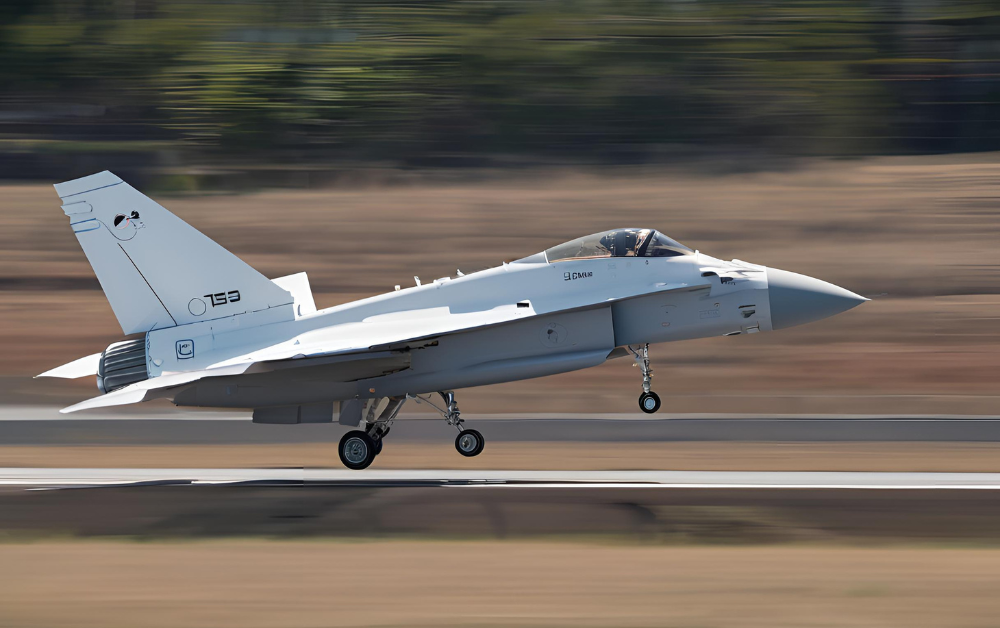A futuristic hypersonic jet, capable of reaching speeds of up to Mach 6 (3,600 mph/5,795 km/h), is set for its first test flight in 2025. The aircraft represents a significant leap forward in the development of high-speed aviation, potentially revolutionizing air travel by cutting down long-haul flights from hours to minutes. This technology, still in its experimental phase, has captured global attention for its promise of ultra-fast travel between continents, making journeys like New York to London achievable in just an hour.
The jet’s incredible speed stems from its advanced propulsion system, which combines ramjet and scramjet technologies. While traditional jets use air-breathing engines, the hypersonic model uses a more advanced approach that allows it to handle speeds previously unattainable by commercial aircraft. Ramjets operate at subsonic and supersonic speeds, but scramjets enable the hypersonic mode by compressing and igniting air at such high speeds, making them ideal for the extreme conditions this plane will face.
Developed in collaboration with government aerospace agencies and private sector partners, this aircraft is seen as the future of both civilian and military aviation. The 2025 test flight will be crucial for evaluating the jet’s performance, stability, and safety. This will also pave the way for commercial applications that could change the dynamics of travel and military operations in the decades to come. The success of this trial could lead to the production of a new class of aircraft that will eventually bring hypersonic flight to the mainstream.
Hypersonic jets also have implications for defense, with potential use in military reconnaissance and strategic operations. The speed at which these planes can operate would allow them to outpace current missile systems, providing a major advantage in global defense initiatives. Many governments are investing heavily in hypersonic technologies, recognizing their transformative potential across multiple sectors.
However, despite its promise, hypersonic flight comes with challenges. Extreme heat generated by the friction of air at such high speeds puts stress on the jet’s materials. Engineers must develop new heat-resistant composites capable of withstanding temperatures far beyond those experienced by conventional aircraft. Additionally, designing fuel-efficient propulsion systems that can support such high velocities without consuming excessive amounts of fuel is another key hurdle.
The aviation industry is watching closely as the test flight approaches, eager to see whether this pioneering technology will succeed. Experts predict that the first operational hypersonic jets could be available for commercial use within the next decade if tests are successful. In the meantime, the world waits as this next chapter in aviation prepares to take off, literally at supersonic speeds.
This test flight marks a new era in high-speed air travel, potentially reducing international flight times from hours to mere minutes. The world could be on the verge of a transport revolution, thanks to hypersonic innovation. With key milestones like the 2025 test flight, the journey toward the future of air travel has already begun.

